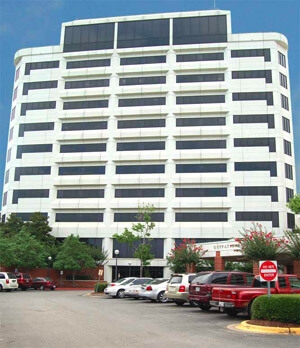Overactive Bladder
Overactive bladder (OAB) and urinary urge incontinence are problems that affect millions of men and women each year with a greater prevalence in older patients. I am certain that this is something that you see frequently in your practice.
First line treatment includes trying to limit bladder irritants such as caffeine, high acidic foods, consistent use of pelvic floor exercises and behavioral changes. However, as we all know, behavior modification is the hardest treatment to implement for some patients.
Oral medications for treatment include Ditropan, Detrol, Sanctura, Vesicare, Toviaz, Enablex, and the newer beta-3 adrenergic agonist drug Myrbetriq. Often oral therapy is effective but there are times when patients fail this treatment due to poor efficacy, medication side effects or cost. Fortunately there are other options.
Percutaneous Tibial Nerve Stimulation (PTNS) is a very safe treatment and studies have shown that it can be as effective as oral medications. It requires 12 weekly treatments so the patient needs to be aware of this, but it is minimally invasive with few if any side effects.
Intravesical Botox has been FDA approved for some time now. The Botox is injected into the bladder under light sedation and works very well to slow down the bladder. The effects of the treatment last for 4-6 months for most patients and they can repeat the procedure as needed.
Interstim Sacral Nueromodulation is also a very effective treatment for select individuals and is a good option if fecal incontinence is also present.

